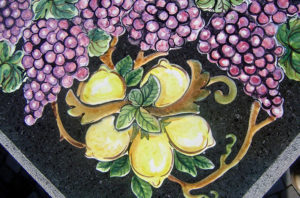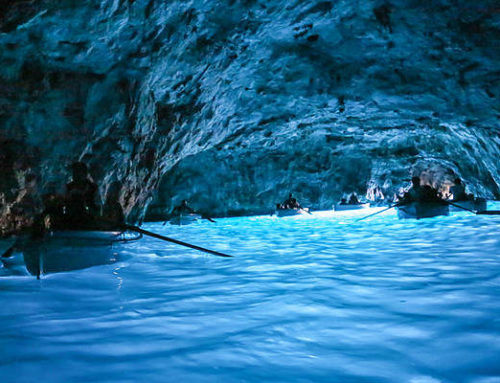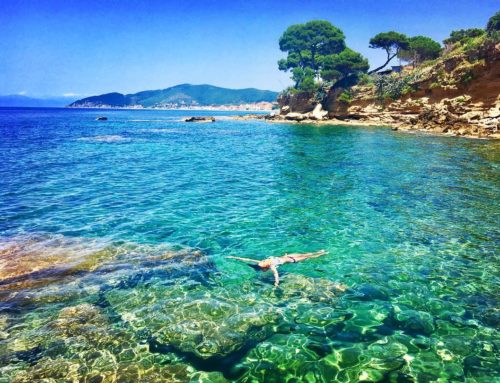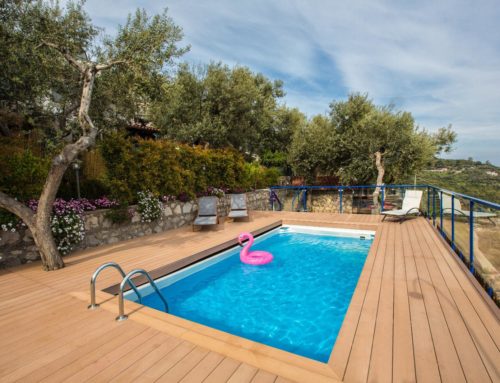The Vesuvian lava stone, a treasure of Vesuvius. From history to working

The ancient eruptions of Vesuvius have created the Vesuvian lava stone, a sturdier material marble, famous and in demand around the world.
These products, the fruit of a centuries-old tradition, are now mostly earmarked for the restoration and rehabilitation of the huge Neapolitan buildings. The processing of the lava activity in fact, have spread in the seventeenth and eighteenth centuries in the Vesuvius, in the heart of the architectural style Baroque and Rococo.
Also in this period, the lava stone trade was one of the main economic activities Neapolitan, in fact, from the port of Naples sailed thousands of ships loaded with this rock, destined to embellish or pave the streets of major cities in the Mediterranean, preferred to other own for its resistance.
The lava of Vesuvius in fact, are different from those of Etna and the Aeolian Islands, as rich in potassium and with a smaller amount of silica. Scholars believe that the original magma was made up of silicates of magnesium and iron and, over time, has crystallized incorporating part of the limestone rocks on which the base of the volcano.
For beyond its extraordinary value in the construction sector, a final mention should be given to the lava rock productions with ceramic inserts and those of ceramic coated lava rock that, over the years, thanks to the introduction of new technologies, have won several areas: internal decor to the outer, up to the jewelery.
Scratch the lava stone, shaping its forms, compose the material, are gestures that somehow combine the past with the present, in a continuum of history and traditions, from which emerges the profound feelings of those who work the stone and the sense of natural in daily life.
C. G.





